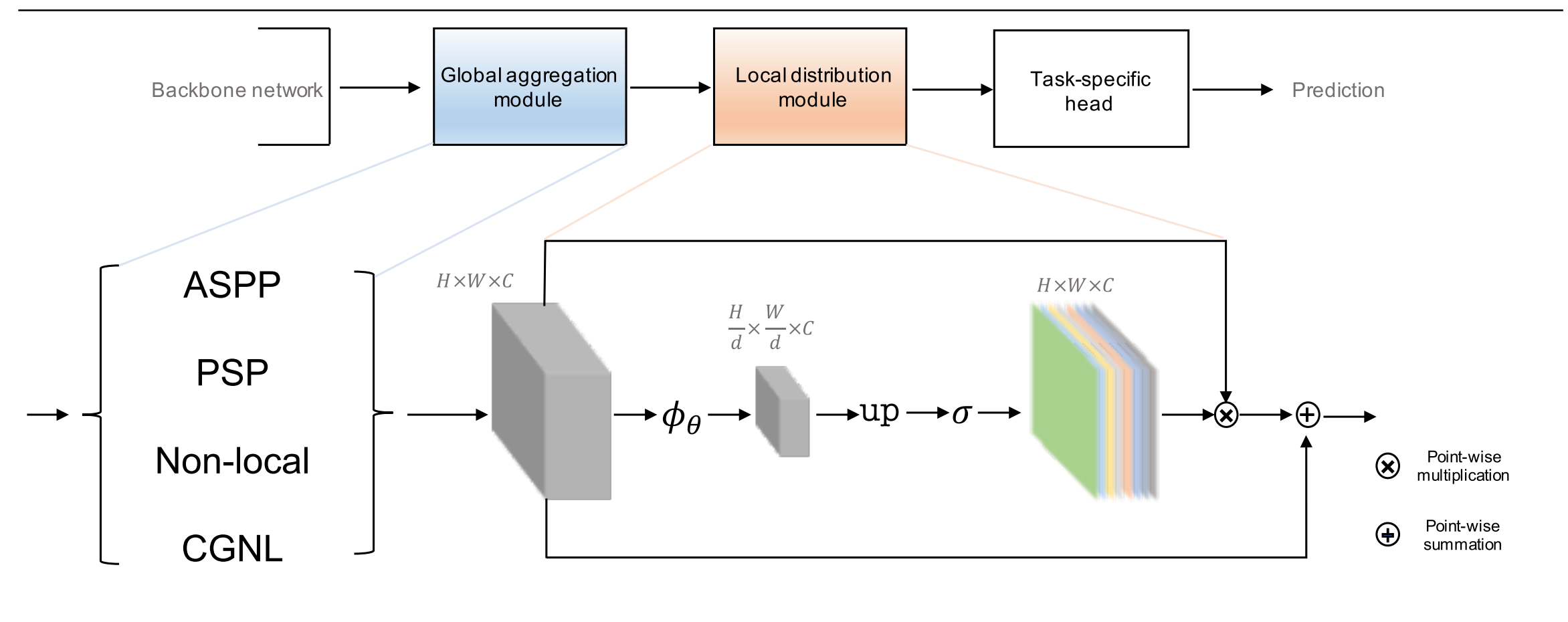Dual Graph Convolutional Network for Semantic Segmentation
Exploiting long-range contextual information is key for pixel-wise prediction tasks such as semantic segmentation. In contrast to previous work that uses multi-scale feature fusion or dilated convolutions, we propose a novel graph-convolutional network (GCN) to address this problem. Our Dual Graph Convolutional Network (DGCNet) models the global context of the input feature by modelling two orthogonal graphs in a single framework. The first component models spatial relationships between pixels in the image, whilst the second models interdependencies along the channel dimensions of the network's feature map. This is done efficiently by projecting the feature into a new, lower-dimensional space where all pairwise interactions can be modelled, before reprojecting into the original space. Our simple method provides substantial benefits over a strong baseline and achieves state-of-the-art results on both Cityscapes (82.0% mean IoU) and Pascal Context (53.7% mean IoU) datasets. Code and models are made available to foster any further research (\url{https://github.com/lxtGH/GALD-DGCNet}).
PDF Abstract





 Cityscapes
Cityscapes
 PASCAL Context
PASCAL Context
